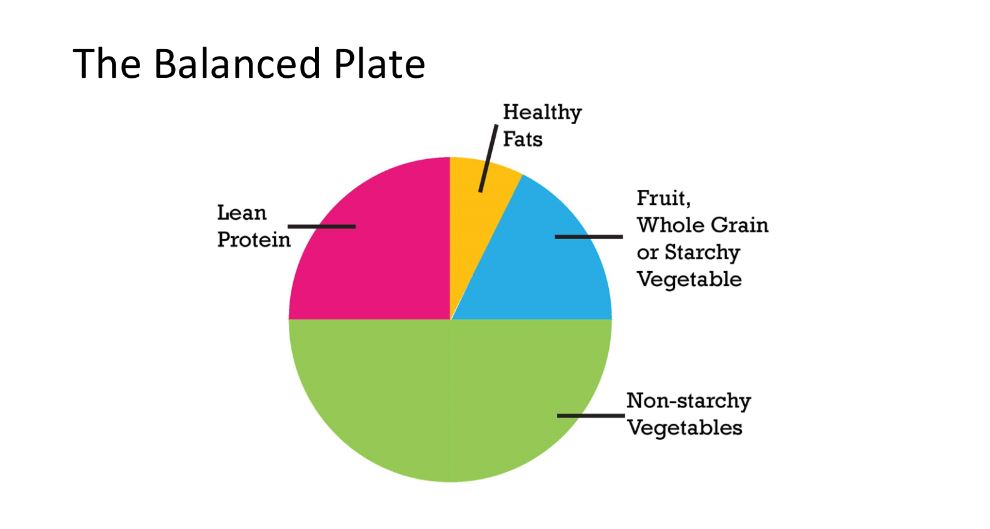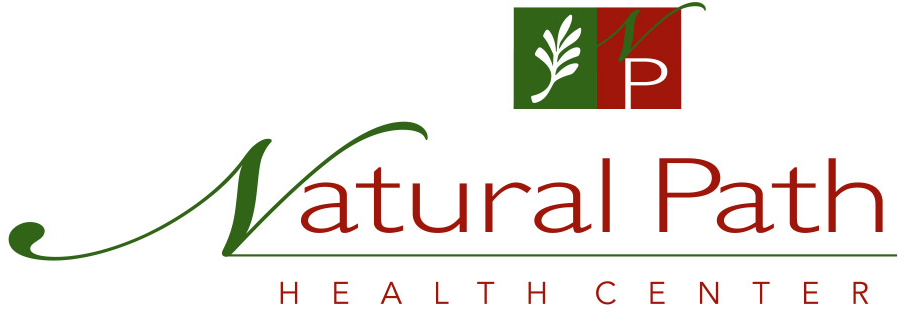Rarely does a day go by when I am not asked what a ‘healthy’ diet is? Some people ask in the hopes of finding the magic combination of foods to achieve a health goal; others ask so they can justify how they want and/or like to eat and/or proselytize how one diet or way of eating is better or worse than others. But most people are just confused about what a health meal really looks like, and it’s no wonder with all the (mis)information out there.
Here is a basic way to think about eating: We need to provide our bodies the nutrients it needs to live, repair and ideally thrive, on a daily basis. Those nutrients consist not just of calories, in the form of fats, proteins and carbohydrates, but also things to help us utilize those calories and facilitate repair, including vitamins, minerals, essential fatty acids, phytonutrients, fiber and water. Ideally, a healthy person can and should get most if not all of these nutrients from the foods and drinks they put into they bodies on a daily basis. This includes avoiding foods that can rob us of those nutrients – things like alcohol, soda, “energy” drinks, candy and processed foods (most things in a bag or box or that can come in through your window).
In addition to supplying our bodies with the nutrients it needs daily, eating the appropriate balance of foods can keep our blood sugar levels stable throughout the day. This is much more important to some people than others – including those with blood sugar imbalances (diabetes, insulin resistance, hypo-glycemia), athletes, children and those that expend a lot of mental and/or physical energy throughout the day. However, maintaining proper blood sugar control is important for everybody.
The Balanced Plate
Rather than get into the science of food and food’s effects on the body, most people just want to know how and what to eat. To achieve that end, we have distilled down the available research into a simple visual/concept that we call The Balanced Plate:

Where:
- Non-starchy vegetables = any vegetable that grows above the ground except corn (the deeper the color the better)
- Lean protein = skinless chicken or turkey, fish, wild game, lamb, vegetable protein, or legumes
- Healthy fats = avocado, coconut/oil, nuts/seeds and nut/seed butters, olives/oil, ghee
- Whole grains = quinoa, millet, brown/wild rice
- Starchy vegetable = any vegetable that grows below the ground
This visual allows people to see what a plate of food should look like and has been very useful for our clients in choosing what to eat. In addition, we like to show people what this looks like; here are a few examples:

In words, this is how to eat via The Balanced Plate:
- Eat 50-75% of your plate deep colored vegetables/fruit; protein and healthy fat at every meal (especially breakfast)
- Eat Balanced meals = healthy fat + lean protein + complex carbohydrate (mainly from vegetables and fruit)
- Healthy fats = avocado, coconut/oil, nuts/seeds and nut/seed butters, olives/oil, ghee
- Eliminate soda, artificial sweeteners and alcohol; strictly limit simple carbohydrates (cookies, sweets, baked goods, breads)
Follow these Balanced Plate guidelines for at least 30 days and let us know how you feel! Enjoy!!
